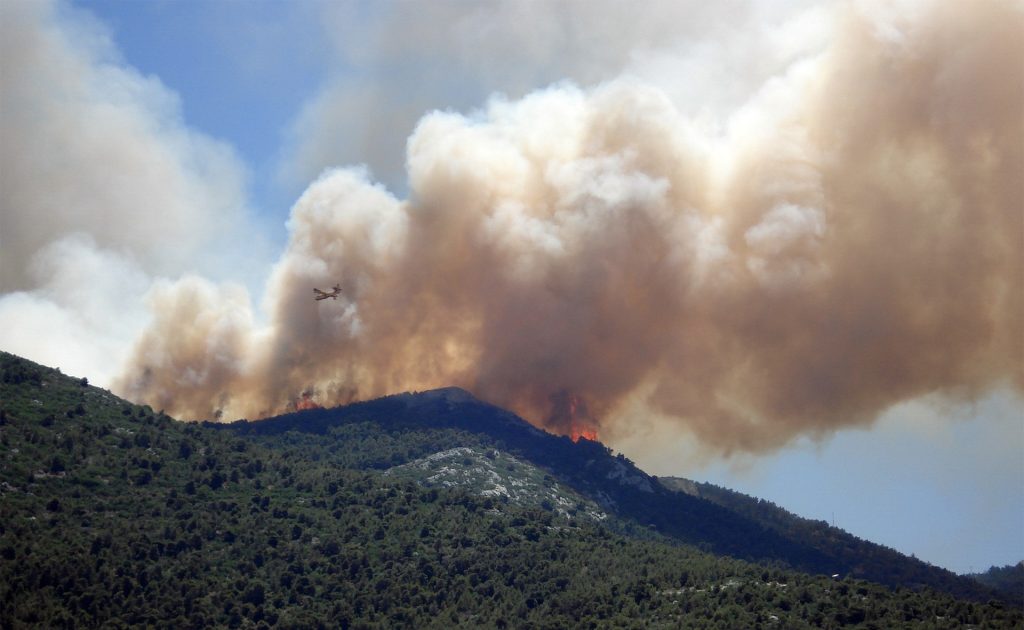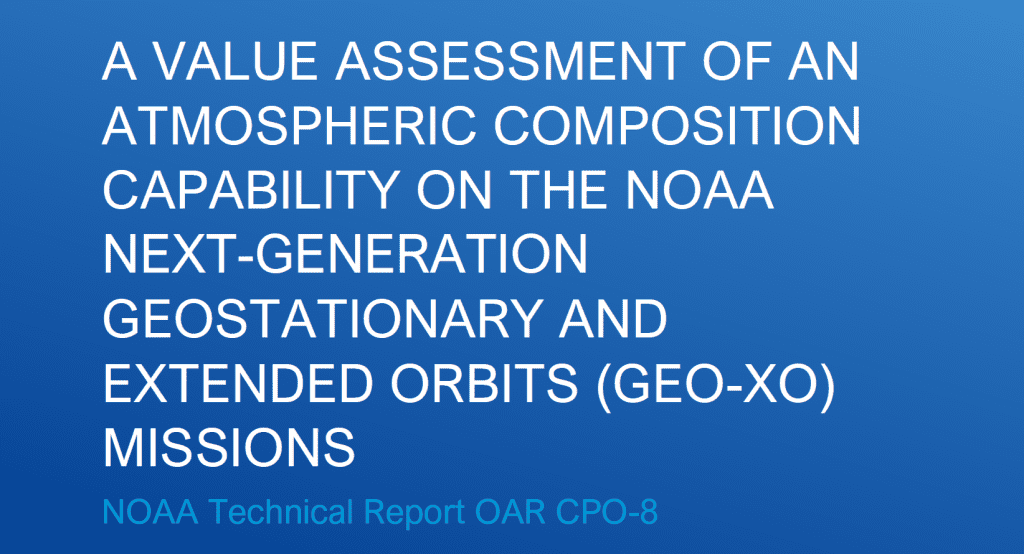Long-Term Field Observations Lead to New Insights in the Formation of Organic Aerosols
Research funded by two AC4 awards used observations from three long-term networks to update or “constrain” the chemical transport model mechanisms to more accurately represent the indirect formation and month-to-month variability of organic aerosol in the US southeast.
Long-Term Field Observations Lead to New Insights in the Formation of Organic Aerosols Read More »











